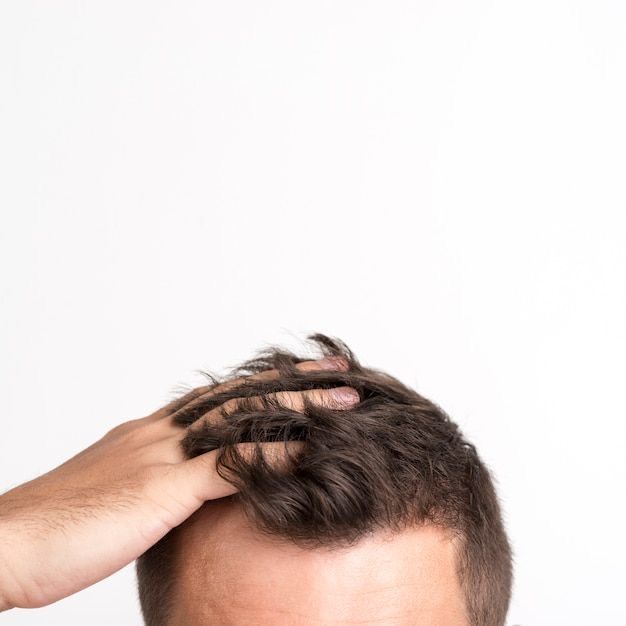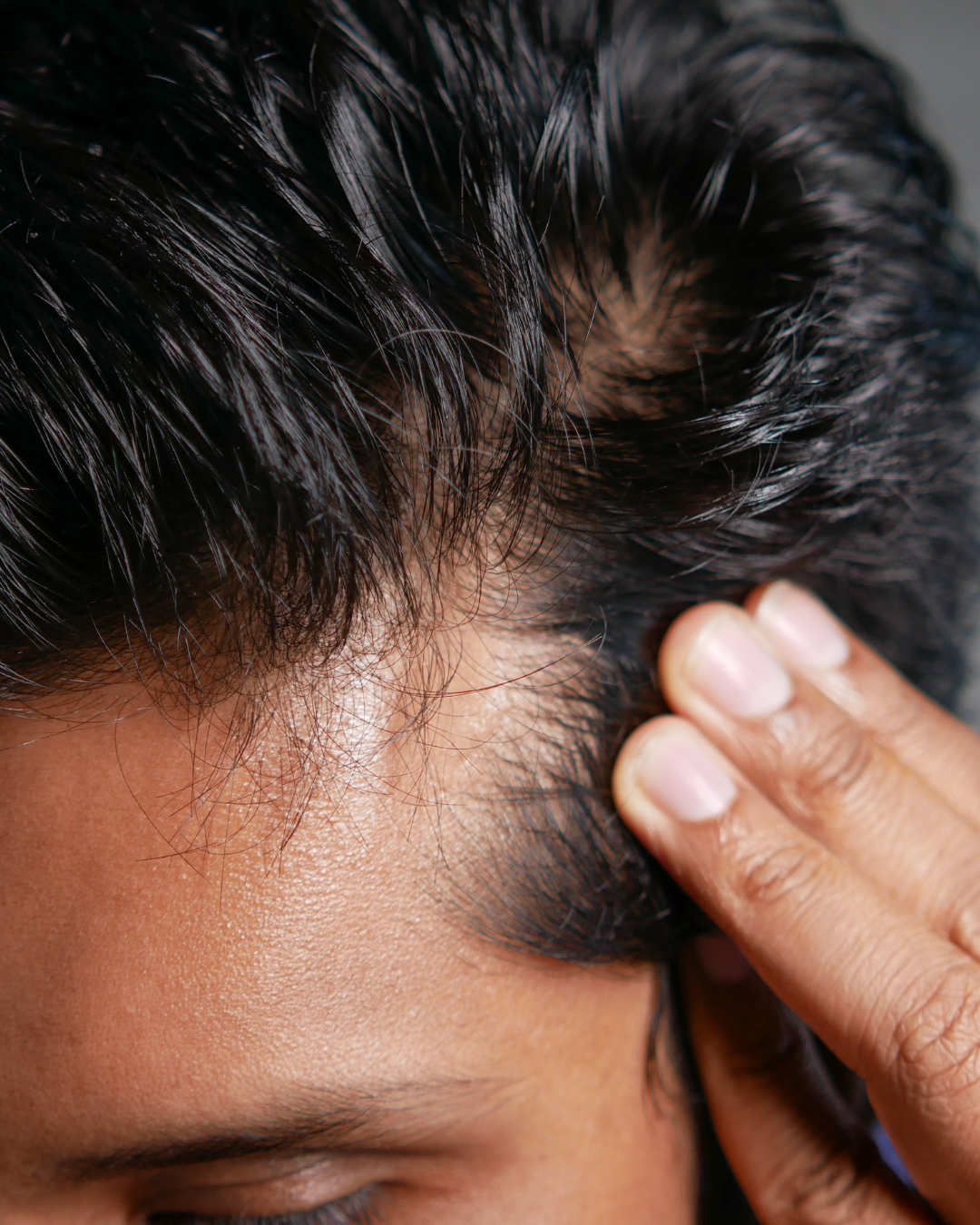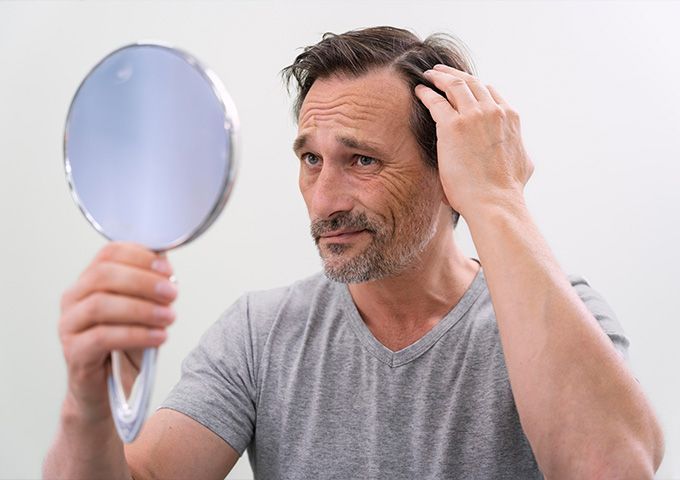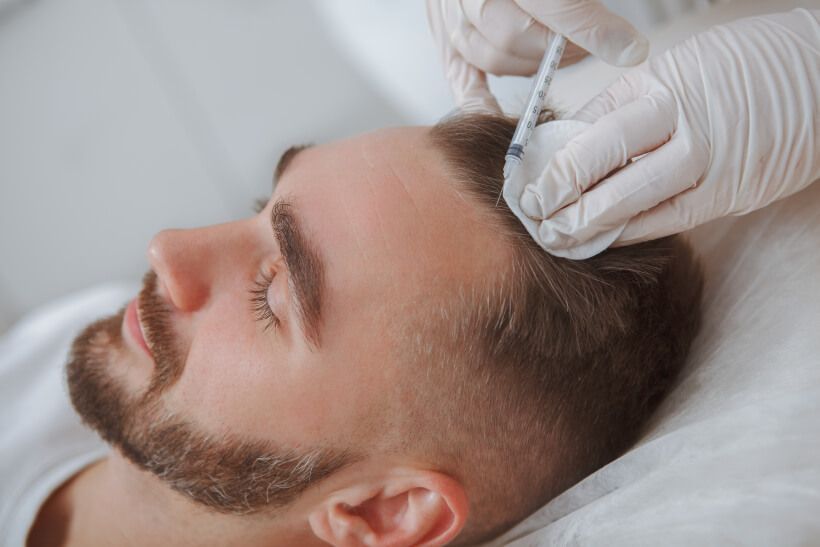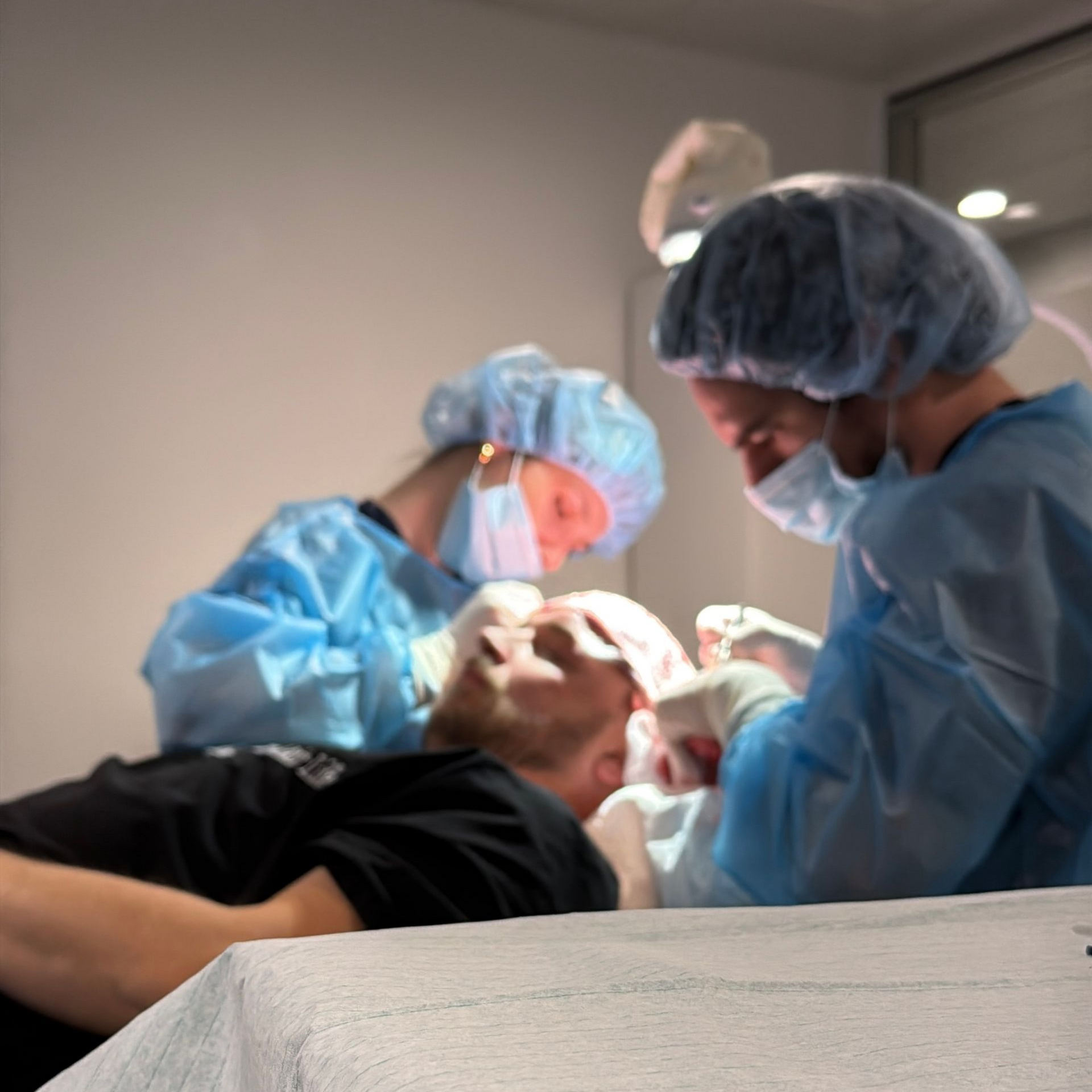What is minoxidil? Don't do it before your hair transplant!
Minoxidil is the first ingredient that anyone looking for a solution to problems such as hair loss, baldness and thinning hair will come across. It is a synthetic base substance found in many hair loss medications and shampoos. But what exactly is minoxidil?
Minoxidil, often known by brand names such as Regaine, is an over-the-counter medication that has gained attention for its role in combating hair loss. As a topical solution, it is easy to apply to the scalp, making it a convenient choice for individuals looking to combat thinning hair and promote hair regrowth.
At the heart of minoxidil's effectiveness lies its ability to dilate blood vessels in the scalp, improving blood flow and nutrient delivery to hair follicles. This increase in nutrients can restart the follicles, leading to the growth of thicker, healthier strands. The active ingredient in Minoxidil formulations is usually between 2% and 5%, ensuring a carefully balanced concentration for optimal results.
How to use Minoxidil before and after a hair transplant?
Minoxidil use before hair transplantation: To maximize the results of your hair transplant, we at Swiss Hair Life recommend stopping the use of Minoxidil 1 week before the surgical procedure. This strategic maneuver serves a dual purpose: it protects your existing hair from potential receding hairlines and accelerates the regrowth of the transplanted hair strands.
Minoxidil use after hair transplantation: For effective results after hair transplantation, the timely use of Minoxidil is crucial. We recommend our patients to start using Minoxidil two weeks after the procedure. This also helps to minimize the risk of shock loss.
How long should it be used?
How long does it take for hair to grow? If you are embarking on a journey with Minoxidil, there are a few important tips to keep in mind to maximize its potential. First and foremost, consistency is key. While results may not be immediately visible, careful and patient application over several months is often rewarded with noticeable improvements. In addition, a holistic approach can enhance the effects of minoxidil. Combine the use of Minoxidil with a diet rich in skin-friendly nutrients such as biotin, vitamin E and omega-3 fatty acids. Complement this with proper hair care practices, such as using gentle products and avoiding excessive heat treatment. To further enhance the effects of minoxidil, consider stress reduction techniques, as high stress levels can contribute to hair loss.
What are the side effects of Minoxidil?
Before you buy Minoxidil, be sure to consult our experts. It is important to understand that while medications like Minoxidil can be beneficial, they also have the potential for side effects. Medical professionals carefully weigh the potential benefits and risks before prescribing medication to an individual.
- Scalp irritation: redness, itching or burning on the scalp where minoxidil is applied.
- Unwanted hair growth: Development of fine vellus hair on unwanted areas of the body.
- Dry scalp: Possibility of dryness and dandruff on the scalp.
- Increased hair loss: Temporary hair loss before the start of new growth.
- Irregular heartbeat: Rare cases of rapid or irregular heartbeat.
- Dizziness: Occasional reports of dizziness or lightheadedness.
- Allergic reactions: Rare allergic reactions of the skin, such as rash, hives or swelling.
Difference between Minoxidil and Minoxidil-5
- Minoxidil: This term refers to the generic name of the drug used to treat hair loss. Minoxidil is available in various formulations and concentrations, ranging from 2% to 5% and in some cases even higher. It is a topical solution that is applied directly to the scalp to stimulate hair growth.
- Minoxidil 5: “Minoxidil 5” refers specifically to a formulation of minoxidil that contains a concentration of 5%. This concentration is often recommended for people who have not achieved significant results with lower concentrations. Minoxidil 5% is considered the stronger variant and is usually recommended for men with androgenetic alopecia (male pattern baldness).
To summarize, “Minoxidil” is the active ingredient and “Minoxidil 5” refers to a special formulation with a 5% concentration of the active ingredient. The higher concentration is often chosen for advanced cases of hair loss, but it is important that you consult a doctor before using a hair loss remedy to determine the appropriate concentration for your specific needs.
How long does it take for Minoxidil to take effect?
Although results can vary, you can generally expect to see some improvement from Minoxidil within two to four months, with significant results after a full year of consistent treatment.
Short-term effects (first few weeks):
In the first few weeks of using Minoxidil, you may not notice any significant changes in hair growth. However, some people may experience a temporary increase in hair loss. This loss is often a sign that the hair follicles are entering a new growth phase.
Medium-term effects (about 3-6 months):
After about 3 to 6 months of consistent use, you may begin to notice subtle improvements. Some people report finer, softer hair growth or a reduction in hair loss. This is a sign that minoxidil is beginning to act on the hair follicles and stimulate them to enter the growth phase.
Long-term effects (6 months and longer):
After 6 months of continuous use, you are more likely to see noticeable results. Many people experience increased hair density, improved coverage and thicker hair strands. It's important to note that results are gradual and may continue to improve with longer use.
Consistency is key:
Consistency is crucial when using Minoxidil. It is important that you use the product as recommended by your doctor or as indicated in the package leaflet. If you stop using Minoxidil, the improvements achieved may gradually diminish and your hair may return to its previous state.
Is minoxidil a long-term and permanent solution for hair loss?
Minoxidil is not usually seen as a long-term and permanent solution to hair loss. Rather, it is described as a treatment that can help to slow down hair loss, promote hair growth and improve the appearance of thinning hair. However, the effect of minoxidil is usually dependent on continuous use.
Minoxidil promotes hair growth and slows down hair loss in androgenetic alopecia (baldness in men and women). For people looking for a more permanent solution, hair transplant procedures have become an important option. Hair transplantation involves transplanting hair follicles from healthy growing areas into thinning or balding regions. This surgical method offers a permanent and transformative solution as the transplanted hair follicles continue to grow naturally.
In summary, while minoxidil can be an effective short-term aid in combating hair loss, it may not be a permanent solution. For individuals who want permanent results and are considering the option of a hair transplant under the guidance of an experienced specialist, you can contact us for a free consultation at Swiss Hair Life. To the free hair analysis

